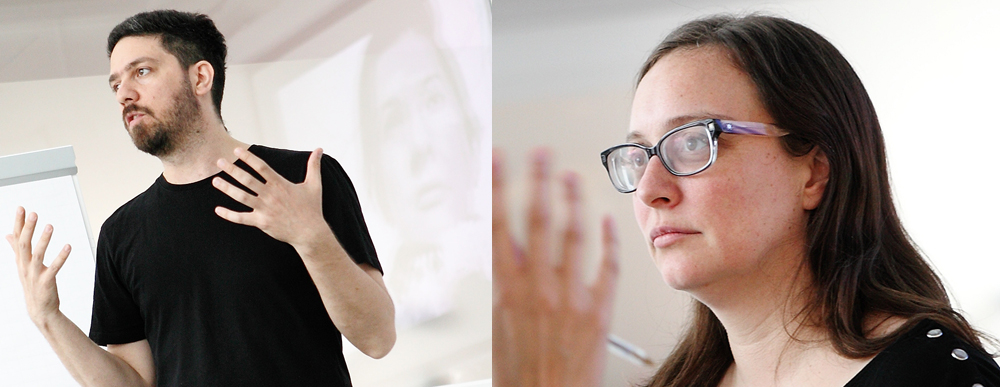The lack of clarity of terms around the difference between liberal social agendas that position art as a neutral mediating entity and those that align firmly with projects of decolonization and social justice lead to a great deal of confusion in the arts. This became clear in the response to the summer of dissent in London in 2011 (referred to as the London Riots) through which a group of artists proposed to “sweep up the streets;” erasing the evidence and indeed the cause of conflict in the streets. Others, aligned with local anti-racism movements, used cultural media to investigate; and years later, produced films in conversation with young people who had engaged in acts of critical resistance.*4 *(4)
That the social education of the artist be reliant on activists in the artistic and social field is problematic, as, for each of these moments in which social agents are able to fight back, there are many unaccounted for examples in which artistic work supports the gentrifying efforts of local governments and corporations or performs the soft-side of aggressive policing. What is called an artistic intervention can then be the site of a social regression and the social intervention the site of the cancellation of an artist’s mark.
From these small examples we can concur the following about what an artist learns about the artist’s intervention in and outside of the art school:
The artist confirms the bubble of art.
The artist converses only in such a way that comes back to art.
The artist is too preoccupied with their own ideas and in many cases their survival to question how things are run (or how they are made to run tirelessly).
The artist is not accountable for producing consequence in the political field to which they refer in their Art.
The artist is meant to perform a simulation of political, cultural and or institutional critique but not engage in the sustained work of intervention.
The artist works alone and must defend their work against all odds. Their signature and bio are more important than anything else.
The artist is not accountable to others, only to Art. The ethical standards set by other groups (like trade unions) are moralistic and petty.
The artist takes creative risks but is often afraid of taking social risks.
The artists’ real social education often takes place at the hands of activists in the social realm, if they are fortunate to encounter them.
Janna Graham, Nicolas Vass ( 2014): Intervention / Art. In: p/art/icipate – Kultur aktiv gestalten # 05 , https://www.p-art-icipate.net/intervention-art/



 Artikel drucken
Artikel drucken